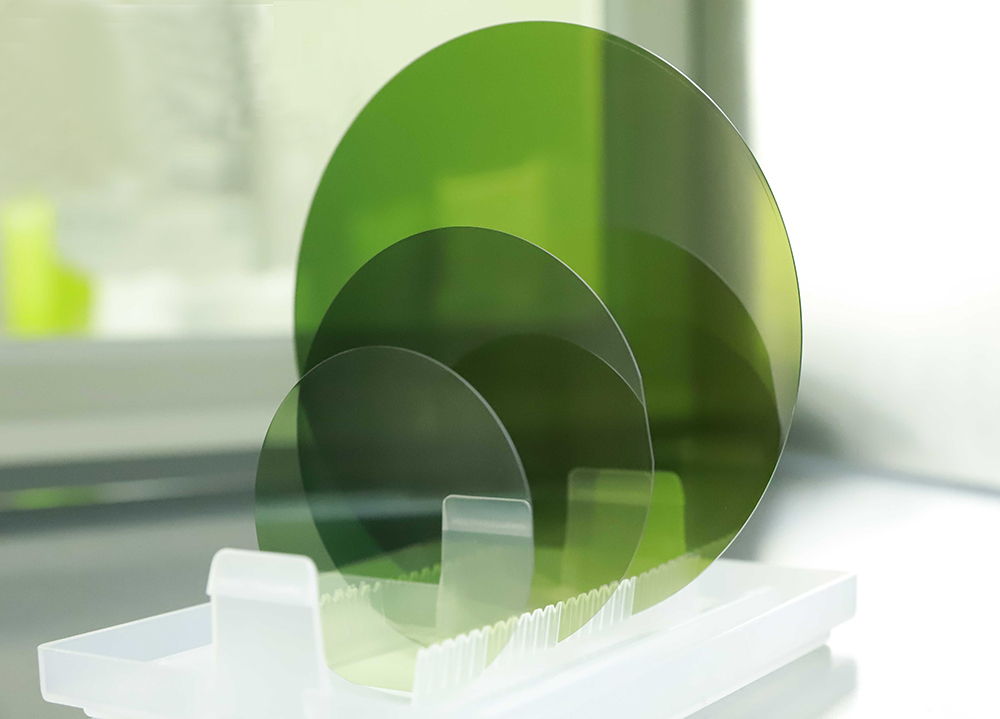
- English
- Español
- Português
- русский
- Français
- 日本語
- Deutsch
- tiếng Việt
- Italiano
- Nederlands
- ภาษาไทย
- Polski
- 한국어
- Svenska
- magyar
- Malay
- বাংলা ভাষার
- Dansk
- Suomi
- हिन्दी
- Pilipino
- Türkçe
- Gaeilge
- العربية
- Indonesia
- Norsk
- تمل
- český
- ελληνικά
- український
- Javanese
- فارسی
- தமிழ்
- తెలుగు
- नेपाली
- Burmese
- български
- ລາວ
- Latine
- Қазақша
- Euskal
- Azərbaycan
- Slovenský jazyk
- Македонски
- Lietuvos
- Eesti Keel
- Română
- Slovenski
- मराठी
- Srpski језик
SiC Epitaxy
2023-08-29
There are two types of epitaxy: homogeneous and heterogeneous. In order to produce SiC devices with specific resistance and other parameters for different applications, the substrate must meet the conditions of epitaxy before production can begin. The quality of the epitaxy affects the device's performance.

There are currently two main epitaxial methods. The first is homogeneous epitaxy, where SiC film is grown on a conductive SiC substrate. This is primarily used for MOSFET, IGBT, and other high-voltage power semiconductor fields. The second is heteroepitaxial growth, where GaN film is grown on a semi-insulating SiC substrate. This is used for GaN HEMT and other low and medium-voltage power semiconductors, as well as radio frequency and optoelectronic devices.
Epitaxial processes include sublimation or physical vapor transport (PVT), molecular beam epitaxy (MBE), liquid phase epitaxy (LPE), and chemical vapor phase epitaxy (CVD). The mainstream SiC homogeneous epitaxial production method uses H2 as a carrier gas, with silane (SiH4) and propane (C3H8) as the source of Si and C. SiC molecules are produced through a chemical reaction in the precipitation chamber and deposited on the SiC substrate.
The key parameters of SiC epitaxy include thickness and doping concentration uniformity. As the downstream device application scenario voltage increases, the thickness of the epitaxial layer gradually increases and the doping concentration decreases.
One limiting factor in SiC capacity construction is epitaxial equipment. Epitaxial growth equipment is currently monopolized by Italy's LPE, Germany's AIXTRON, and Japan's Nuflare and TEL. The mainstream SiC high-temperature epitaxial equipment delivery cycle has been lengthened to about 1.5-2 years.
Semicorex provides SiC parts for semiconductor equipment, such as LPE, Aixtron, and etc. If you have any inquiries or need additional details, please don't hesitate to get in touch with us.
Contact phone # +86-13567891907
Email: sales@semicorex.com




